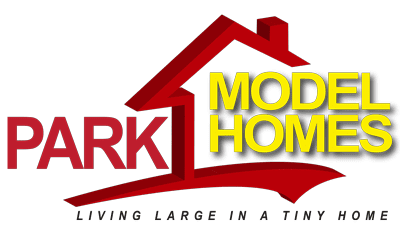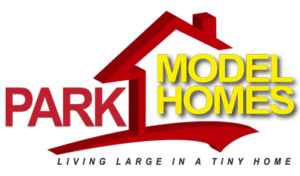If it is your dream to get off the grid and become self-sufficient, a park model home is one of your best options. You can take one of these tiny houses with you wherever you want to live, even if it is way out in the boondocks somewhere. But to live off the gird successfully in a park model home, you have to make sure you can get by without access to the grid. Below, we go over a checklist of what you will need.
1. A suitable location
For starters, you need some land on which to place your park model tiny home. No matter how remote it is, it must be legally zoned for living in a park model house.
Beyond that, you need to pay attention to the characteristics of the land. Some plots of land make off-the-grid living easy, because they already contain features that will help (i.e. a natural well, fertile soil, plenty of sunlight, etc.). Other plots of land, however, are not as suitable; trying to live full-time off-the-grid in those places will mean fighting an uphill war.
2. An energy-efficient park model home
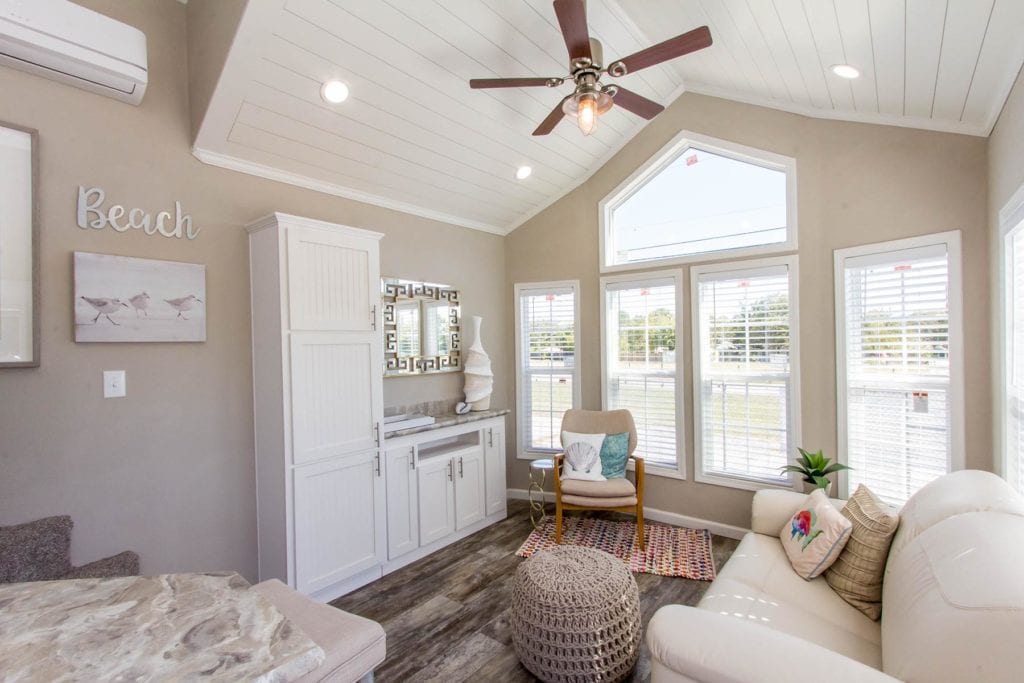
Next, you need to choose a park model house that is as energy-efficient as possible. That means looking for features like:
-
A small square footage
-
Energy-efficient LED lights
-
Energy-efficient appliances (i.e. a high quality mini-split)
-
Large windows for passive solar heating during winter and natural light year-round
-
A roof on which you can easily install solar panels
-
Energy-efficient doors, windows and insulation
-
Windows that open to create a cross-breeze
Basically, the less energy it takes to heat, cool and light your home and run your appliances, the better.
3. Access to water
You need a way to access safe drinking water (you should still filter it). Your options include:
-
A natural spring
-
A well
-
Rainwater catchment
It is unlikely you will find land for sale with a spring, but if you do, lucky you! Otherwise, you will need to rely on either or both of the other options.
4. Access to power
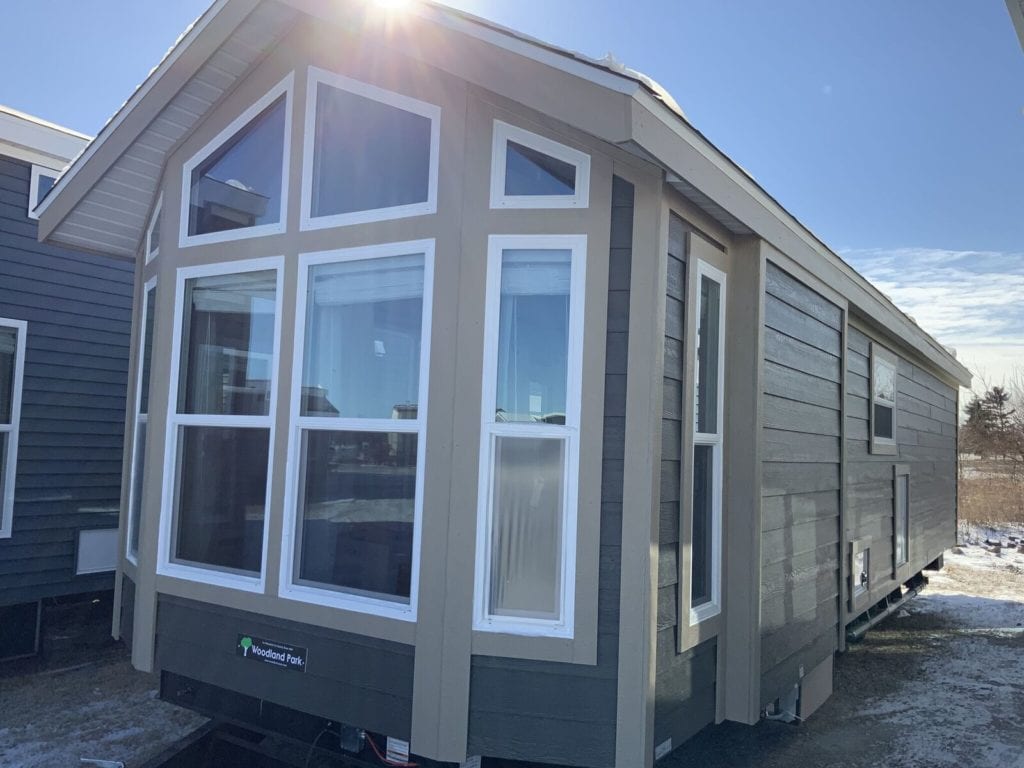
Next, you will need a way to power all of your appliances and electronics. Although there are multiple options here, for most people, the simplest and most effective route will be to install solar panels, most likely on the roof of your park model home. As part of your system, you will require batteries as well.
A lot of factors need to be assessed when you are choosing the types of solar panels and batteries you want for your tiny off-the-grid home. A deep discussion on this topic is beyond the scope of this article—but just know that one type of panel or battery is not interchangeable with another. You will have to do some research to identify the most suitable options for your location and needs.
5. A waste disposal method
We have gone over water and power—but another consideration when you are living off the grid in a park model home is how you will dispose of your waste.
One possibility is to install a septic tank. The other is to go with a composting toilet. You should look up the zoning ordinances for the land in question; some may have requirements regarding what you can install there.
6. Internet
You may or may not “need” the internet, depending on your lifestyle—but most people do require internet access. It may be your only connection with your work, and/or your social life. Most people like to access the web for entertainment, research and other purposes as well.
Unless you want to pay to have cable installed in the ground (which may not even be an option), you are going to need to find an alternative way to access the web, like a satellite subscription. Although this may cost more than a cable plan, you will be able to offset those costs with savings in other areas, such as energy.
7. A food source
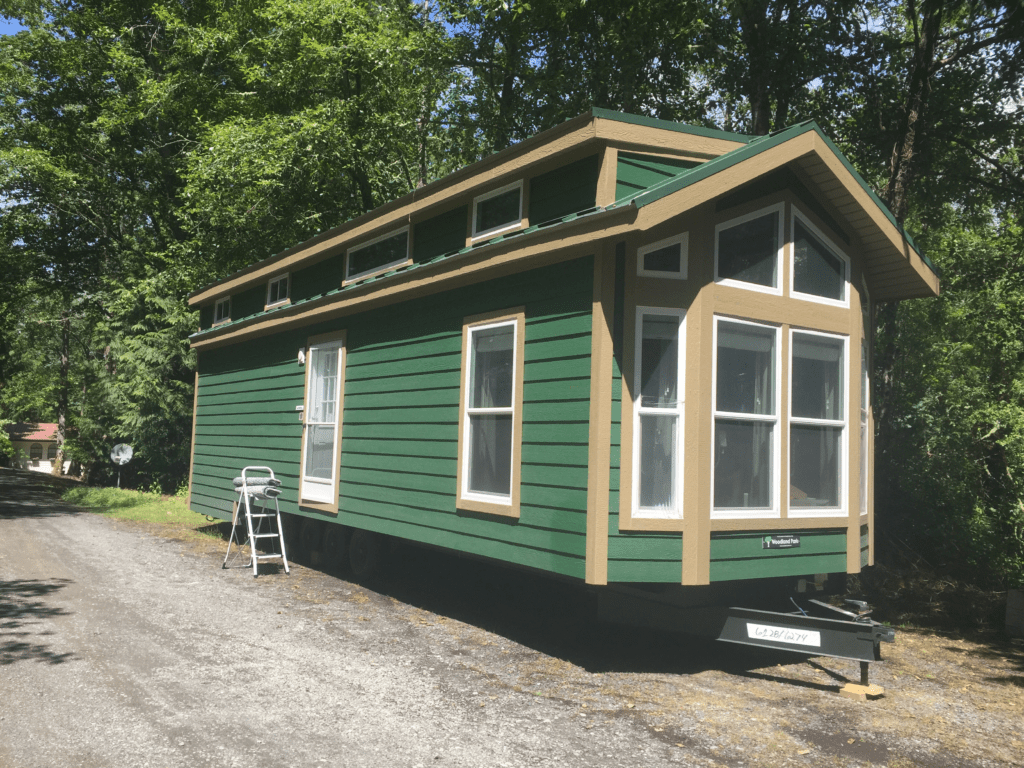
Depending on your proximity to civilization, you may be all set for off-the-grid living once you take care of water, waste and power requirements, along with access to the internet. If town is a short drive away, you can always just head to the grocery store for food like you are likely used to doing right now.
But if you are way out in the middle of nowhere, and the nearest grocery store is hours away, you most likely are going to need another food source. Consider growing your own food. Since a park model home is small, it maximizes the available land you have for planting. If you have a model with a flat roof, you also might be able to have a rooftop garden. There are also planters you can buy to attach to the side of your tiny house that allow you to squeeze in even more gardening.
A Park Model Home Can Facilitate Comfortable Off-Grid Living
Whether you dream of living off the grid for privacy, self-sufficiency, sustainability, or simply to enjoy nature in all of its splendor, a park model home can fit perfectly into your plans. Choose an energy-efficient design and materials and place your tiny home on a suitable plot of land with solutions for water, power and waste disposal.
When you contact us, you can share your plans and goals with us for living off the grid, and we can show you layouts and features that can help you make your dreams of self-contained living come true.
